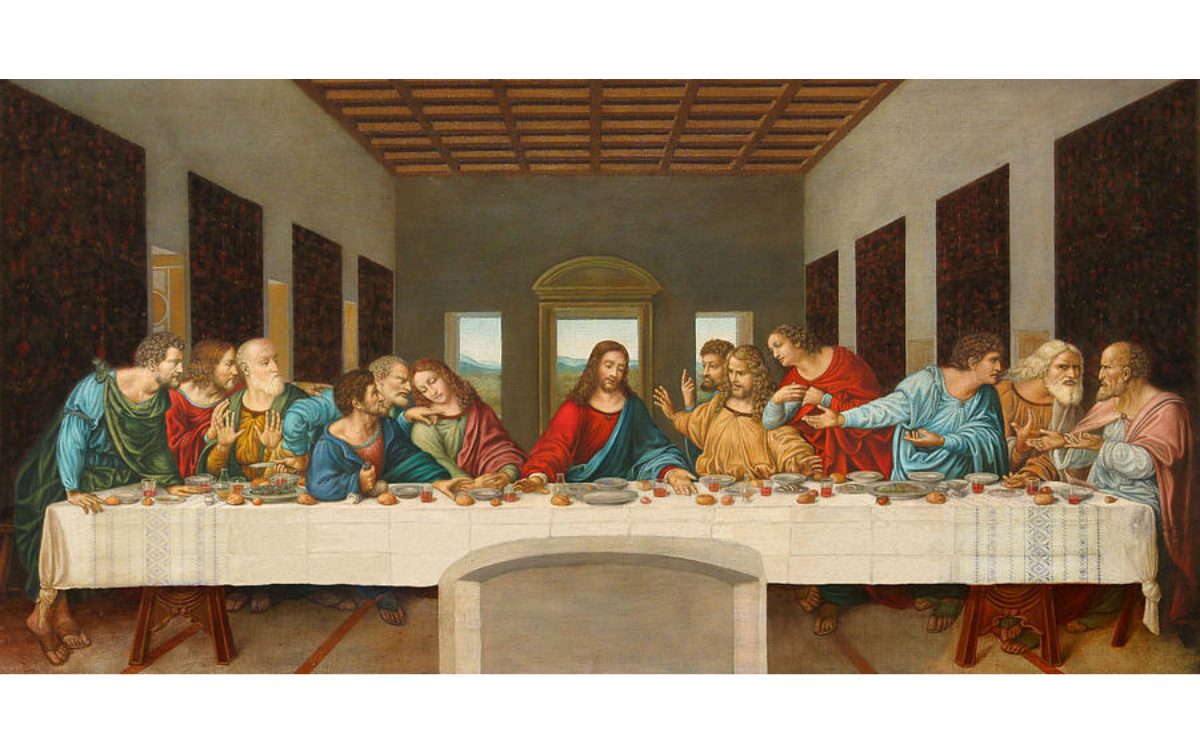Leonardo Da Vinci stands as a towering figure in the realm of art, with his masterpiece ‘The Last Supper’ recognized globally.
However, the depth of his genius often goes unexplored, with many overlooking the rich narratives and innovations that underpin his work.
As an Italian Renaissance polymath, Da Vinci's contributions spanned various cities including Rome and Venice, marked by an insatiable curiosity that propelled him far beyond his contemporaries.
His visionary ideas and concepts have only begun to be fully appreciated, revealing a mind that was remarkably ahead of its time.
The Museum of Science, Boston, offers insightful reflections on this remarkable figure, noting that while Da Vinci's legacy is predominantly as an artist, his contributions to science and invention epitomize the Renaissance ideal of universal genius.
He applied the scientific method to all facets of life, from art to music, embodying the spirit of inquiry and innovation.
Beyond his iconic and emotive artworks, Leonardo was a prolific experimenter and inventor whose designs foreshadowed many modern advancements.
Despite his acute observations and scientific breakthroughs, Da Vinci seldom published his findings.
His paradoxical nature is further highlighted by his vegetarianism and love for animals, juxtaposed against his work designing sophisticated weaponry as a military engineer.
Leonardo Da Vinci was not just one of the Italian Renaissance's foremost artists; his sparse body of completed paintings belies the profound impact of his interdisciplinary pursuits.
[irp posts=”17663″ ]
The Last Supper
“The Last Supper,” a masterpiece that captures a pivotal moment in history, depicts Jesus and his apostles during the intimate gathering where Jesus foretells his betrayal by one among them.
This profound scene, rich in emotion and complexity, has been the subject of endless analysis and interpretation.
Each apostle's reaction, captured in exquisite detail by the artist, offers a window into the varied human responses to revelation and betrayal.
There exists a fascinating theory that suggests the 12 apostles in the painting are emblematic of the twelve zodiac signs, with Jesus symbolizing the Sun.
This interpretation hints at a deeper, perhaps concealed layer of meaning within the artwork, inviting viewers to explore the interplay between astrology and biblical narratives.
The suggestion that these figures could represent celestial bodies, as well as historical ones, adds an intriguing dimension to our understanding of this iconic work, offering a unique perspective on its significance both in the world of art and beyond.
[irp posts=”17618″ ]
Each sign boasts unique characteristics that mirror the diverse traits of individuals.
This fascinating parallel extends to the depiction of the 12 Apostles in the realm of astrology, where each Apostle embodies the essence of one zodiac sign, presenting a rich blend of personality, destiny, and cosmic alignment.
- St. Simon stands as a symbol of Aries, embodying the sign’s pioneering spirit and courage.
- St. Jude captures the resilient and reliable nature of Taurus, reflecting the sign’s steadfastness.
- St. Matthew, with his intellectual and communicative prowess, mirrors Gemini.
- St. Philip embodies the nurturing and protective qualities of Cancer.
- St. James represents Leo, radiating the sign’s noble heart and leadership.
- St. Thomas resonates with Virgo, showcasing the sign’s analytical and meticulous nature.
- Mary Magdalene, often associated with Libra, symbolizes balance, beauty, and harmony.
- Judas embodies the intensity and transformative power of Scorpio.
- Peter, with his adventurous and philosophical outlook, is linked to Sagittarius.
- St. Andrew reflects Capricorn‘s ambition and determination.
- St. James the Less captures the innovative and humanitarian spirit of Aquarius.
- St. Bartholomew embodies the empathetic and intuitive nature of Pisces.
[irp posts=”17464″ ]
While there's no concrete evidence to suggest that Leonardo Da Vinci intentionally imbued “The Last Supper” with astrological symbolism, the correlation between the apostles' reactions and their corresponding zodiac signs has sparked curiosity.
This intrigue isn't a recent phenomenon—it dates back to discussions in the 1950s.
Despite the lack of certainty, the idea that each apostle might represent a different zodiac sign continues to fascinate both scholars and enthusiasts alike.
Numerous books and analyses have explored this theory, adding layers to our understanding of this Renaissance masterpiece.
The composition of “The Last Supper” is so harmoniously balanced that it lends itself to this type of speculative exploration.
Could Da Vinci have embedded a deeper, cosmic significance within the artwork? This question continues to captivate the imagination of many.
For those keen on delving deeper into this topic, exploring available resources can provide a broader perspective.
The painting, with its intricate details and emotional depth, offers endless avenues for interpretation.
Whether Da Vinci intended for these astrological connections or not, “The Last Supper” remains a profound piece of art that invites viewers to look beyond the surface.
Exploring the language of desire in relationships can significantly enhance connection and intimacy.
For those looking to deepen their romantic bonds, discovering the right words and expressions can be transformative.
Engaging in open and heartfelt communication is key to fostering a fulfilling and passionate relationship.
[irp posts=”16238″ ]
Tags: Personality
Helen is the founder of Spiritualify.org where she covers all things astrology — from horoscopes and zodiac guides to retrograde alerts and moon updates. She also writes about other mystical lifestyle topics, such as numerology, crystal healing, tarot, dream interpretation, and more.







